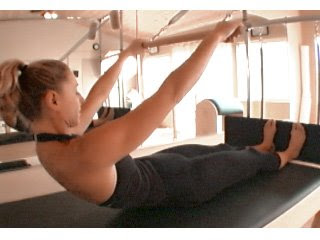A: Cooking can be a fun experience and also stressful. We eat with our eyes so ensuring you have some basic staple foods in your pantry will help to spice up leftover chicken from Sunday's meal. Here are some ways to eat healthy in a pinch:
- Quinoa: Is a gluten-free, cholesterol-free whole grain and complete protein (seed). It takes about 10-15 minutes to cook and tastes great on its own or an added punch to any meal. Also vegetarian/vegan friendly.
- Add it on salads, sandwiches/wraps, side grain for veggies/meats
- Spicy Sweet Potato and Quinoa Salad
- Avocado: good source of fiber, potassium and vitamins such as C and K. Can buy them firm and wait till they ripen otherwise ensure they are soft to the touch if needing to use same day.
- Add it on salads, sandwiches/wraps, burgers, Mexican dishes, guacamole/dips, bean soups, use in place of Mayonnaise
- Shrimp and Avocado Salad
- Nuts: almonds, cashews, walnuts, pine nuts, pistachios
- Great for snacking, add onto salads, sandwiches/wraps, tail mix, add in with cooked veggies or pasta dishes
- Asparagus with Sliced Almonds
- Dried fruits: such as cranberries, raisins, dates, apricots, plums, figs
- Great for snacking on instead of dessert, add onto salads, sandwiches/wraps, tail mix, compotes, add into cottage cheese/yogurt
- Dried Fruit Compote
- Spices: cinnamon, garlic, curry powder, olive oil, soy sauce, lemon juice, oregano, parsley, nutmeg, cumin, mint, basil, cilantro, onion
- Marinades, salad dressings, added flavor, cultural flair to meats, baking breads/muffins
Plan out your weekday meals and don't be afraid to get creative!
































